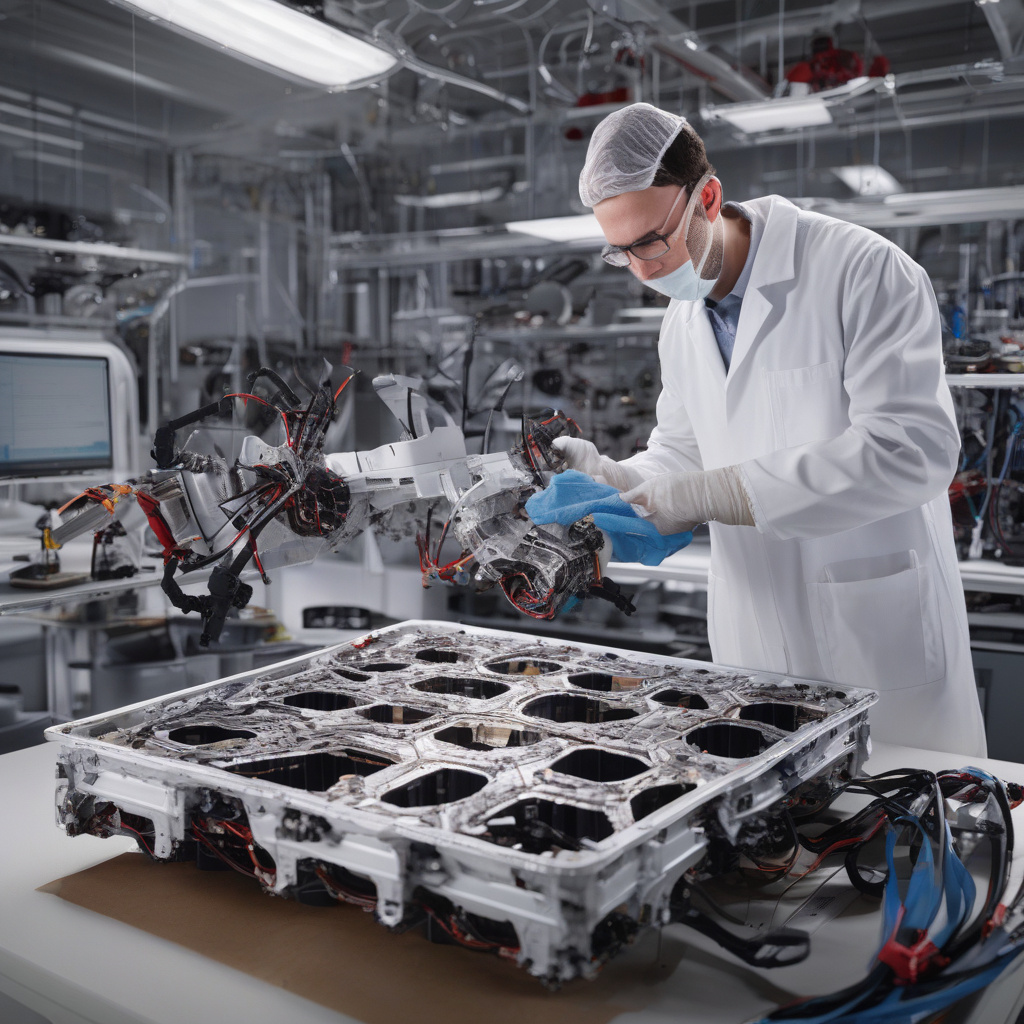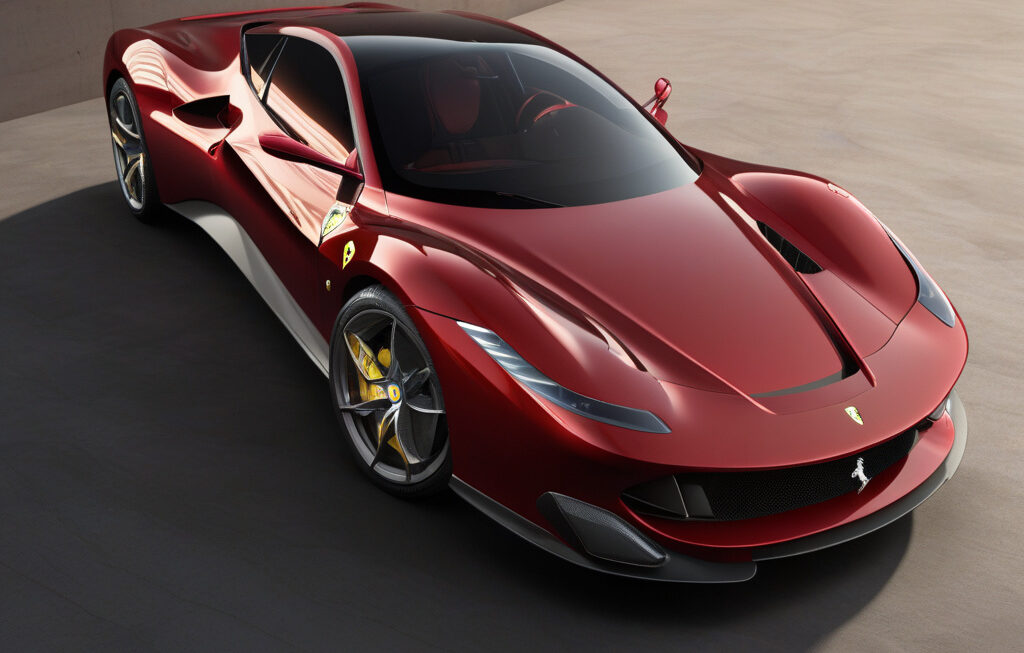US Firm Transforms Lithium from Old Tesla EV Batteries into Power Source for Drones
The electric vehicle (EV) market is expanding rapidly, with industry analysts predicting as many as 125 million EVs on the road globally by 2030. This surge in EV production has led to a secondary challenge: what to do with the batteries once they reach the end of their useful life in vehicles. One US firm has found a groundbreaking solution by repurposing lithium-ion batteries from old Tesla EVs, turning them into a new power source for drones.
The company, based in Silicon Valley, has developed advanced technology that allows them to extract lithium from used EV batteries with remarkable efficiency. By refurbishing and repurposing this lithium, they have created high-performance batteries that are ideal for powering drones. This innovative approach not only addresses the issue of battery waste but also provides a sustainable power solution for the fast-growing drone industry.
Drones have become increasingly popular for a wide range of applications, from aerial photography and videography to agricultural monitoring and industrial inspections. However, one of the main limitations of drones is their limited flight time due to battery capacity. By utilizing repurposed lithium from old EV batteries, these drones can now stay airborne for much longer, significantly improving their efficiency and capabilities.
The environmental impact of this initiative is significant. By giving a second life to lithium-ion batteries that would otherwise end up in landfills, the US firm is contributing to the circular economy and reducing the overall carbon footprint of the EV industry. This aligns with the growing global focus on sustainability and green technologies, making it a win-win solution for both the environment and the drone sector.
Furthermore, the repurposed batteries offer a cost-effective alternative to traditional drone power sources. By leveraging existing materials and technology, the US firm is able to produce high-quality batteries at a competitive price point, making them an attractive option for drone manufacturers and operators looking to enhance their products’ performance.
The potential impact of this innovation extends beyond the drone industry. As the demand for lithium-ion batteries continues to rise across various sectors, finding sustainable ways to source and recycle lithium will be crucial for meeting this growing need. By demonstrating the feasibility and benefits of repurposing lithium from old EV batteries, this US firm is setting a precedent for future circular economy practices in the battery industry.
In conclusion, the US firm’s initiative to turn lithium from old Tesla EV batteries into a power source for drones represents a compelling example of innovation at the intersection of sustainability and technology. By transforming waste into a valuable resource, they are not only addressing environmental challenges but also driving advancements in the drone industry. As the EV market continues to expand, solutions like these will play a vital role in shaping a more sustainable and efficient future for all industries involved.
electric vehicles, lithium-ion batteries, drones, sustainability, innovation












